Baidu Eye is Google Glass without the screen
Eye, a Google Glass competitor without a screen, has been announced by Chinese tech company Baidu
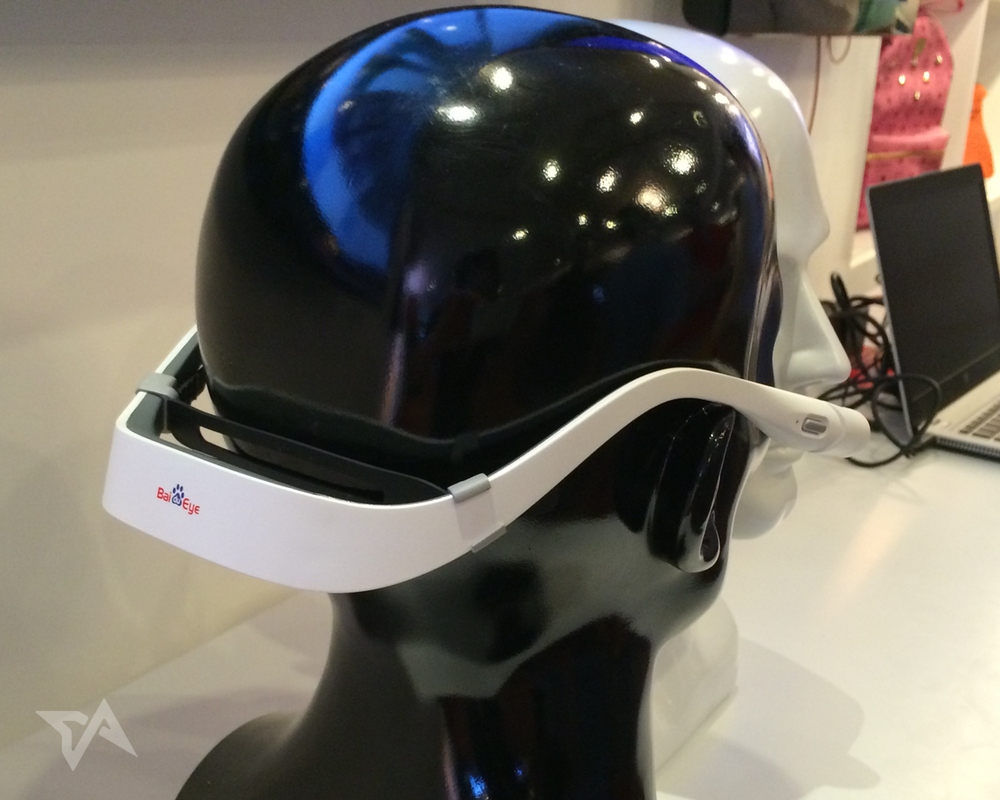

The Eye, a competitor to Google Glass hailing from Chinese tech company Baidu, is today being displayed at a showcase event in Beijing, reports The Next Web.
The wearable device was announced in April 2013, but is only now being demonstrated at the company's Baidu World event.
Despite being touted as a competitor to Google Glass and other smart headsets, unlike the others, the Eye does not include a screen.
The image, posted by Tech in Asia, shows how similar in appearance the Eye headset is to Google Glass and other rivals in spite of the lack of screen.
Kaiser Kuo, director of international communications at Baidu, told the site they had found that "screens impair vision and tires your eyes easily".
"Instead, we tether it to a smartphone app, so you can receive information on your phone screen (or your tablet, or another device) which is larger and easier to browse on than a small, head-mounted screen," Kuo continues.
"It also uses much less energy, and the battery lasts much longer. Its design is very light in the front, and of course people who wear eyeglasses can use it easily."
Get the ITPro daily newsletter
Sign up today and you will receive a free copy of our Future Focus 2025 report - the leading guidance on AI, cybersecurity and other IT challenges as per 700+ senior executives
The device performs many of the same tasks as other emerging wearable devices, but relies on a smartphone or tablet to substitute as an in-built screen. It still supports voice and gesture commands.
Plans for the device that have not yet been put in place include integration with social networks, taking photos and answering calls. Baidu also reportedly wants developers to start creating apps for the Eye.
The product description for the prototype reads: "Basically Baidu Eye allows the user to analyze images and provide information or services related to your current field or a specific item. You can use voice commands, or gesture commands (like expanding to zoom, or circling an object in your field of view with your finger). You can identify plants, or find products (so far, handbags and articles of clothing) on e-commerce sites. The use case scenarios for now are limited, but we've got an enormous data set of clothes, bags, and flora right now."
Caroline has been writing about technology for more than a decade, switching between consumer smart home news and reviews and in-depth B2B industry coverage. In addition to her work for IT Pro and Cloud Pro, she has contributed to a number of titles including Expert Reviews, TechRadar, The Week and many more. She is currently the smart home editor across Future Publishing's homes titles.
You can get in touch with Caroline via email at caroline.preece@futurenet.com.
-
 Cleo attack victim list grows as Hertz confirms customer data stolen
Cleo attack victim list grows as Hertz confirms customer data stolenNews Hertz has confirmed it suffered a data breach as a result of the Cleo zero-day vulnerability in late 2024, with the car rental giant warning that customer data was stolen.
By Ross Kelly
-
 Lateral moves in tech: Why leaders should support employee mobility
Lateral moves in tech: Why leaders should support employee mobilityIn-depth Encouraging staff to switch roles can have long-term benefits for skills in the tech sector
By Keri Allan
-
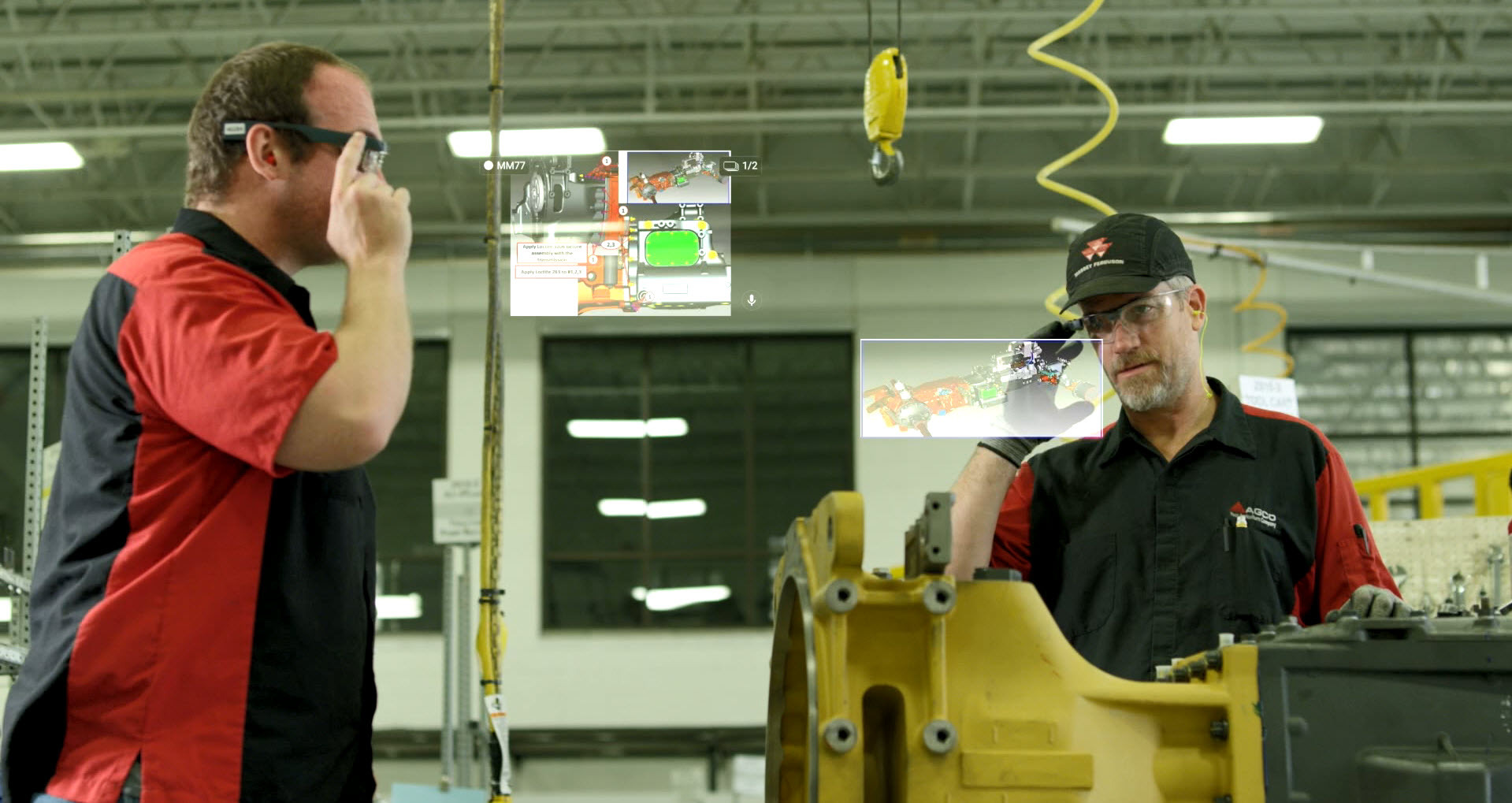 Google Glass Enterprise Edition targets key business verticals
Google Glass Enterprise Edition targets key business verticalsNews Google brings wearable back from the dead with business-focused successor
By Adam Shepherd
-
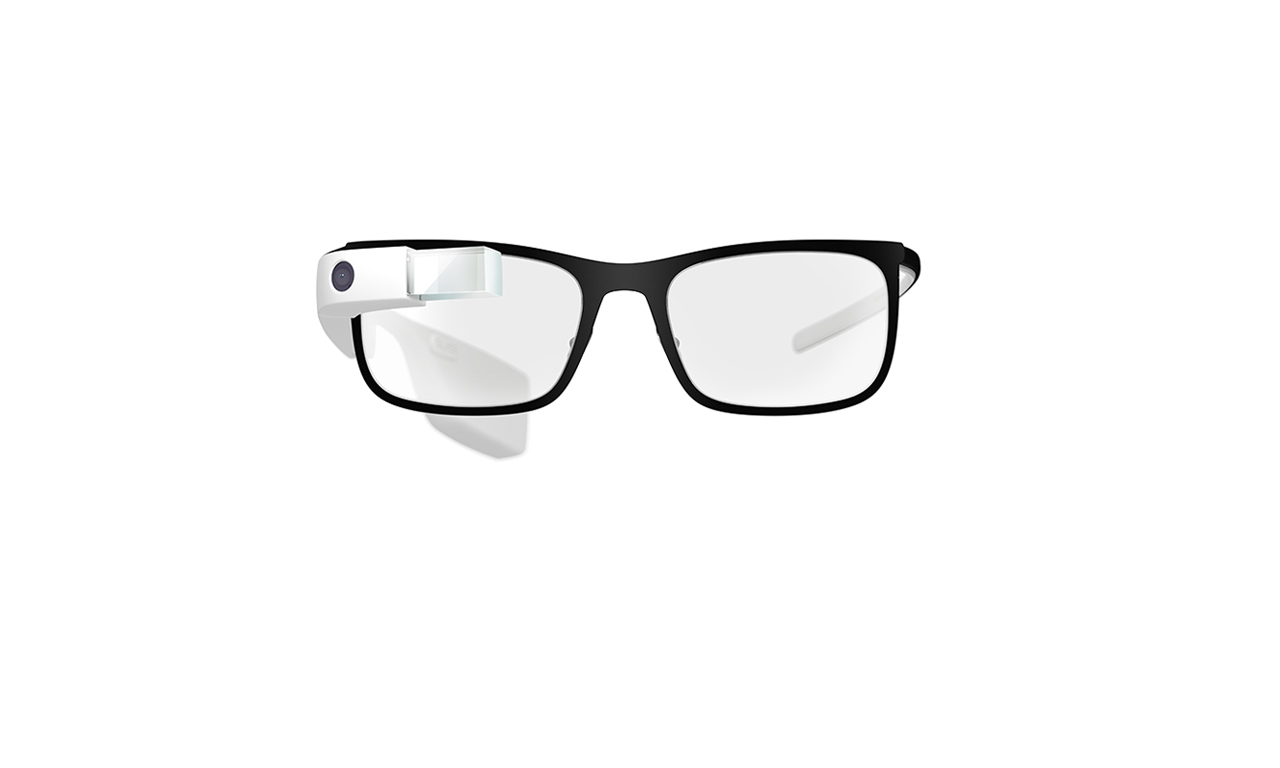 Does a Google Glass firmware update signal a comeback?
Does a Google Glass firmware update signal a comeback?News Google's ill-fated wearable could be set to return
By Adam Shepherd
-
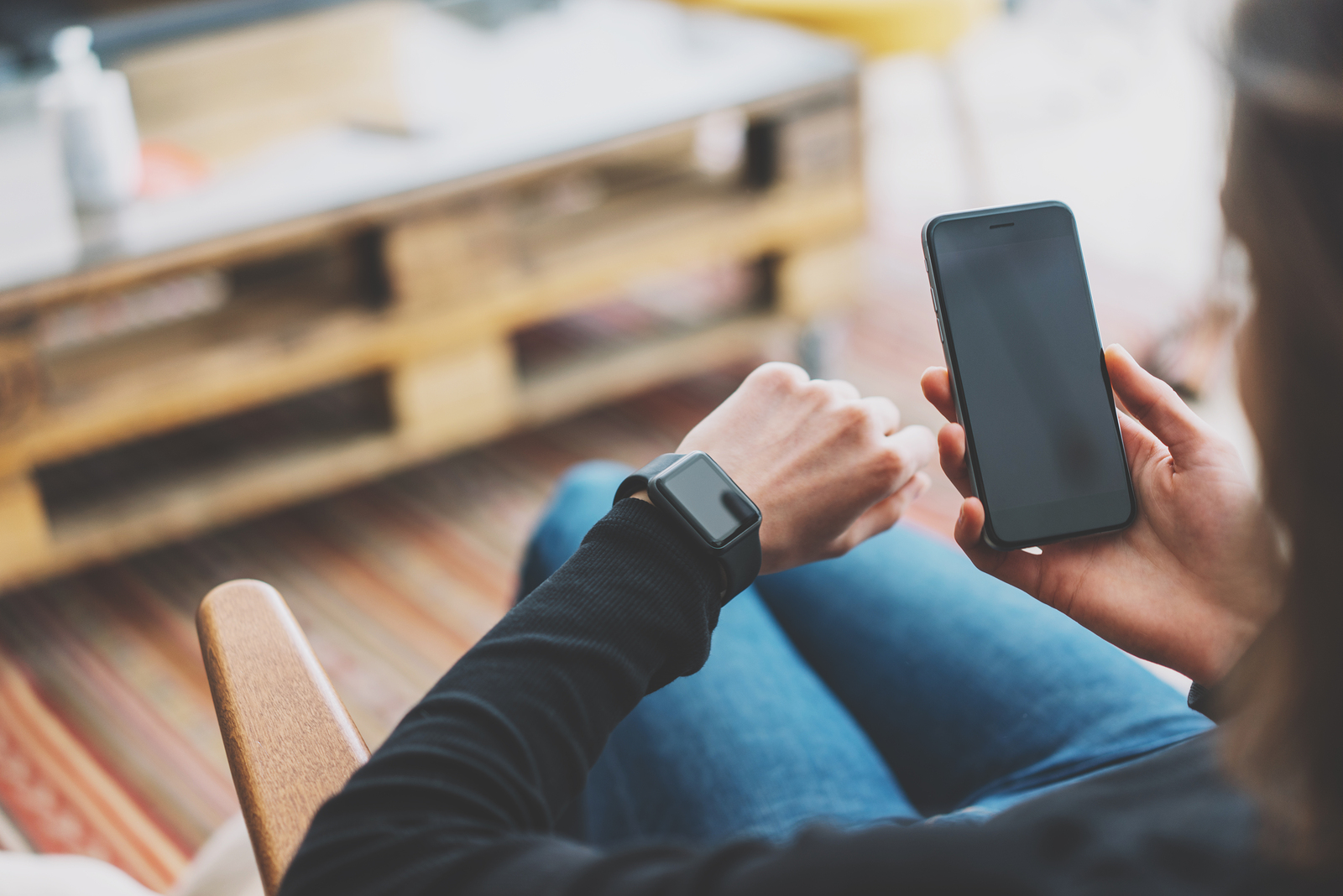 Wearables: First Windows 10 smartwatch is on its way, and it means business
Wearables: First Windows 10 smartwatch is on its way, and it means businessNews Specs are hard to come by, but we know it will be built on Microsoft's Windows 10 IoT OS
By Dale Walker
-
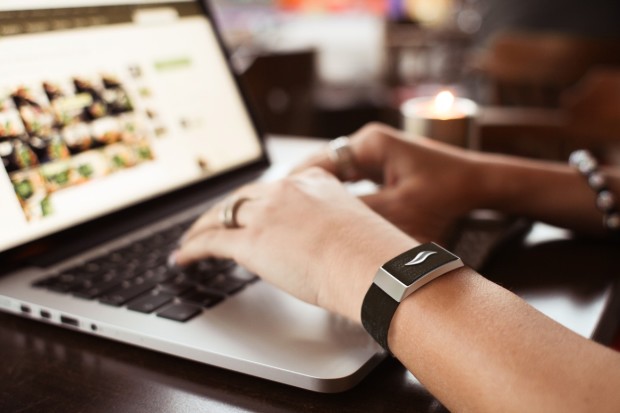 The best wearable devices for business
The best wearable devices for businessBest The best lightweight devices to help you stay productive during a busy workday
By Dale Walker
-
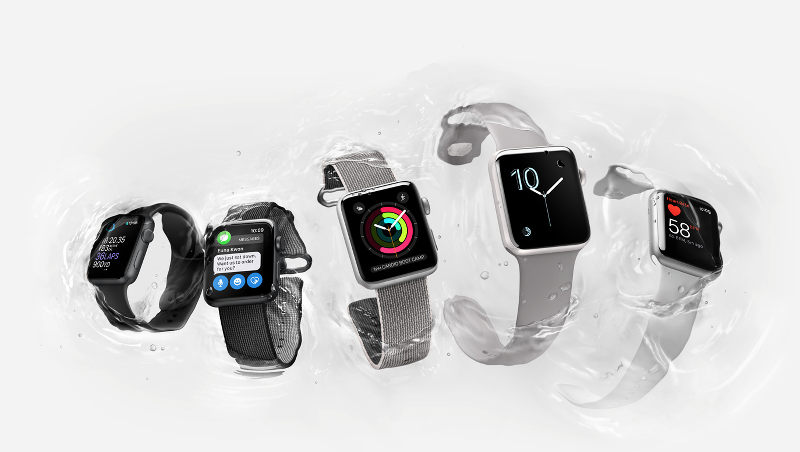 Apple Watch Series 2 review: First look
Apple Watch Series 2 review: First lookFirst look If you waited for the second generation, you haven't wasted your time
By Jane McCallion
-
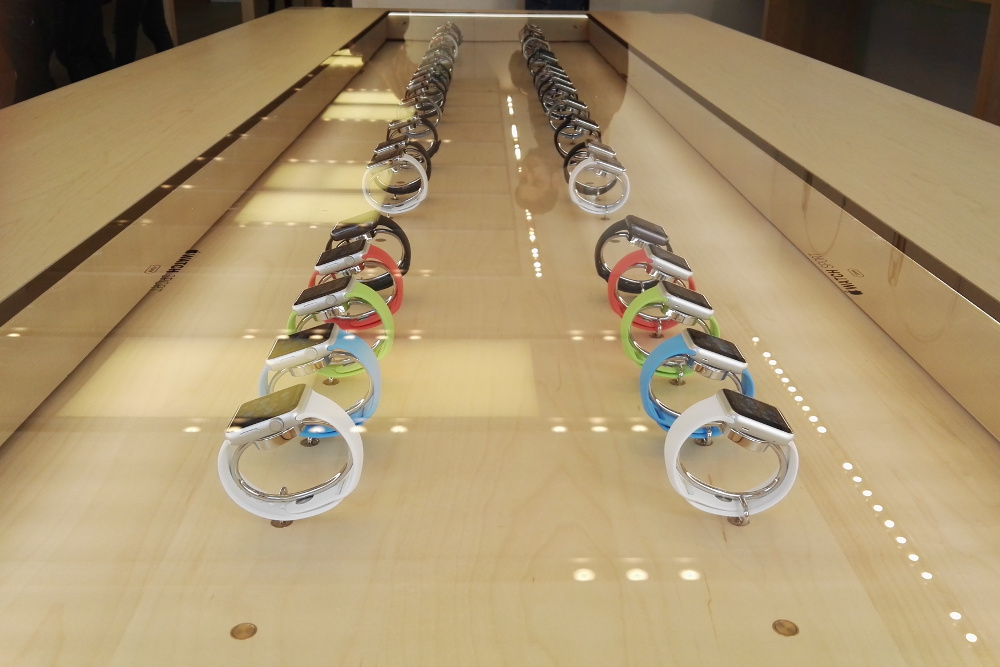 Apple watchOS 3 release date and features: watchOS 3 update available on 13 September
Apple watchOS 3 release date and features: watchOS 3 update available on 13 SeptemberRumours watchOS 3 can be downloaded from Tuesday next week
By Jane McCallion
-
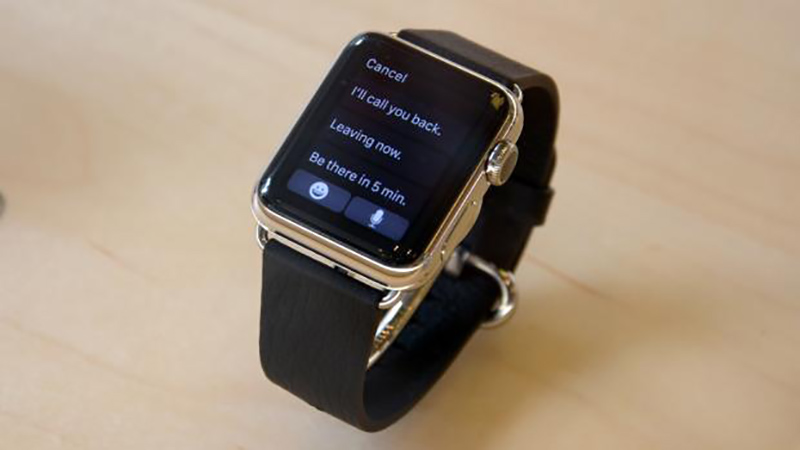 Apple Watch release date, price, features, availability and delivery date: Special edition Apple Watch bands arrive for the Olympics
Apple Watch release date, price, features, availability and delivery date: Special edition Apple Watch bands arrive for the OlympicsRumours But will only be available in Brazil
By Maggie Holland
-
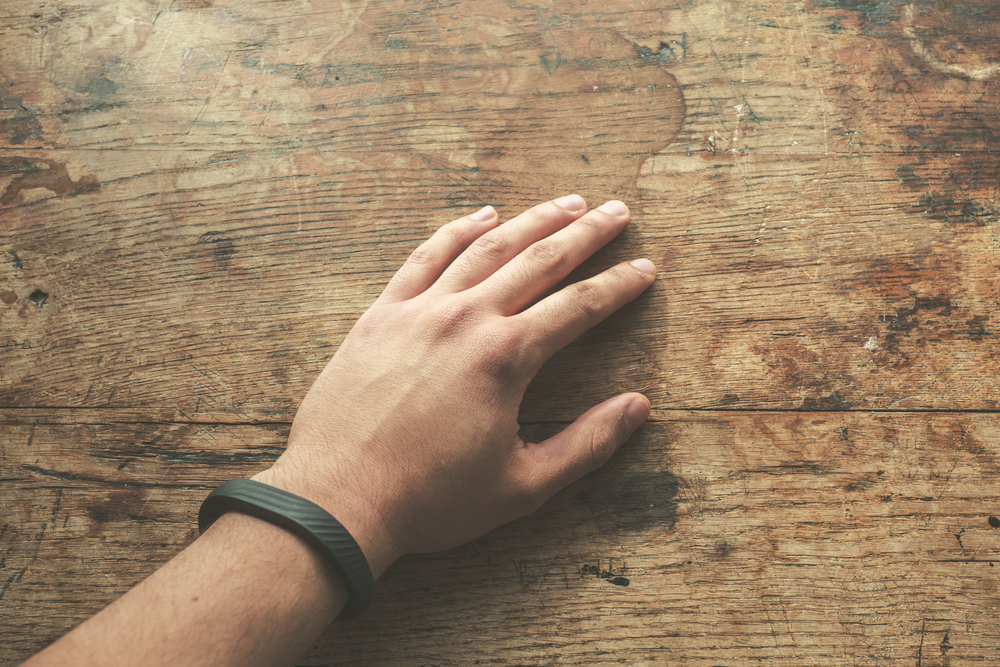 Fitbit patents ruled invalid in Jawbone lawsuit
Fitbit patents ruled invalid in Jawbone lawsuitNews ITC judge recommends case be thrown out
By Adam Shepherd